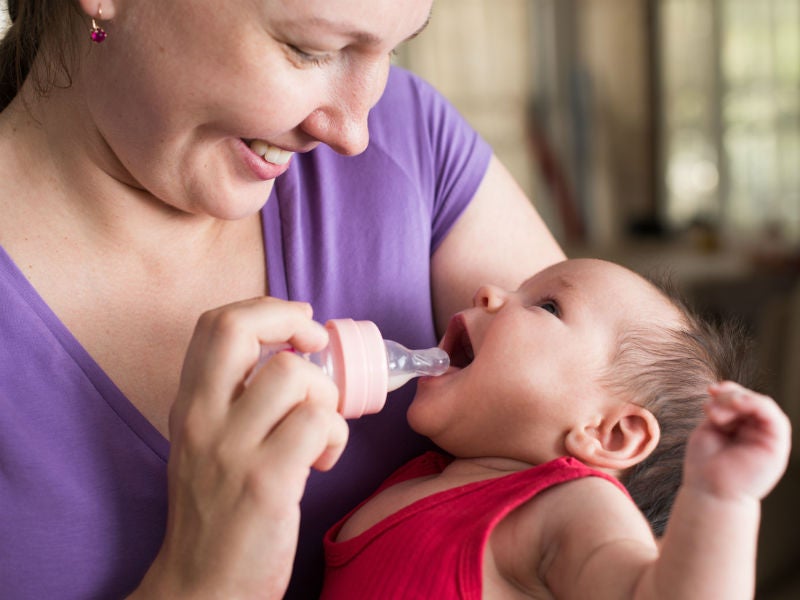Advocates Concerned about EPA Plan to Set a ‘Benchmark’ for Lead in Drinking Water
Community advocates have raised concerns about the EPA’s plan to set a benchmark for lead in water because it won’t protect infants, pregnant women and other sensitive populations.

This page was published 8 years ago. Find the latest on Earthjustice’s work.
A new plan from the EPA that would set a “benchmark” for lead in drinking water is raising alarm among environmental and health advocates. Joined by community advocates and experts from New Orleans to Milwaukee and from Flint to Washington, D.C., Earthjustice wrote to the EPA this week to voice our concerns. The EPA is planning to adopt a new “benchmark” for lead in water, which the agency would choose based on the results of computer modeling.
The EPA’s data-centric proposal doesn’t present a complete picture of how lead in drinking water affects the health of the most vulnerable populations, including infants and pregnant women. The computer models the agency proposes to use lack good quality data about how much water infants and children drink every day. And setting any “benchmark” related to lead contamination could mislead people into believing there is some amount of lead in water that is safe or healthy.
We know this isn’t true. In fact, the EPA and sister agencies like the Centers for Disease Control (CDC) have long recognized that lead poses serious health risks even at miniscule levels. Lead damages cognition and growth in children; causes kidney problems in adults; and can lead to preeclampsia, reduced fetal growth and preterm birth in pregnant women. As a result, the EPA has adopted a “Maximum Contaminant Level Goal” of zero for lead in water. Public water systems are supposed to adjust their water treatment processes until they bring lead levels as close to zero as possible.
Now, the EPA is looking at three computer modeling approaches to estimate how various concentrations of lead in water affect blood-lead levels in different populations (for example, in formula-fed infants living in homes without lead-based paint). But this approach has serious gaps. Earthjustice’s expert partners have found that in these models, the EPA fails to consider lead intake from cooking with water containing lead, overlooks fetal lead exposures and makes questionable assumptions about infant exposure.
We’re worried that the EPA plans to use these seriously flawed models to choose a numeric “benchmark” that would trigger actions—such as notice to the local health authority–when tap water sampled in a home tests above the benchmark figure.
Our concerns are well-grounded. For more than two decades, and even to this day, some agencies (including the CDC) have misused another regulatory benchmark, the “lead action level,” by telling local governments, school officials and members of the public that it’s safe to disregard lead in water if the water system’s samples do not exceed the action level. This has led to untold health harms for people who chronically consume low levels of lead-contaminated water, and it has deprived the agencies, other researchers and the public of valuable data on our nation’s lead problem.
And herein lies another problem with the EPA’s new plan: It assumes that one-time water samples are capable of accurately depicting the concentrations of lead in public drinking water, despite ample evidence to the contrary. In fact, lead release from water pipes and fixtures is highly erratic—taps can dispense undetectable levels of lead one day and deadly concentrations the next. This is because lead can leach into water from leaded plumbing and fixtures in tiny chunks at any moment.
If we want our regulations for lead in drinking water to be based on sound science, we must move away from the false security of annual water sampling and compliance based around a set number. The only way to truly protect public health is to get lead out of our drinking water system entirely.
Earthjustice’s Washington, D.C., office works at the federal level to prevent air and water pollution, combat climate change, and protect natural areas. We also work with communities in the Mid-Atlantic region and elsewhere to address severe local environmental health problems, including exposures to dangerous air contaminants in toxic hot spots, sewage backups and overflows, chemical disasters, and contamination of drinking water. The D.C. office has been in operation since 1978.